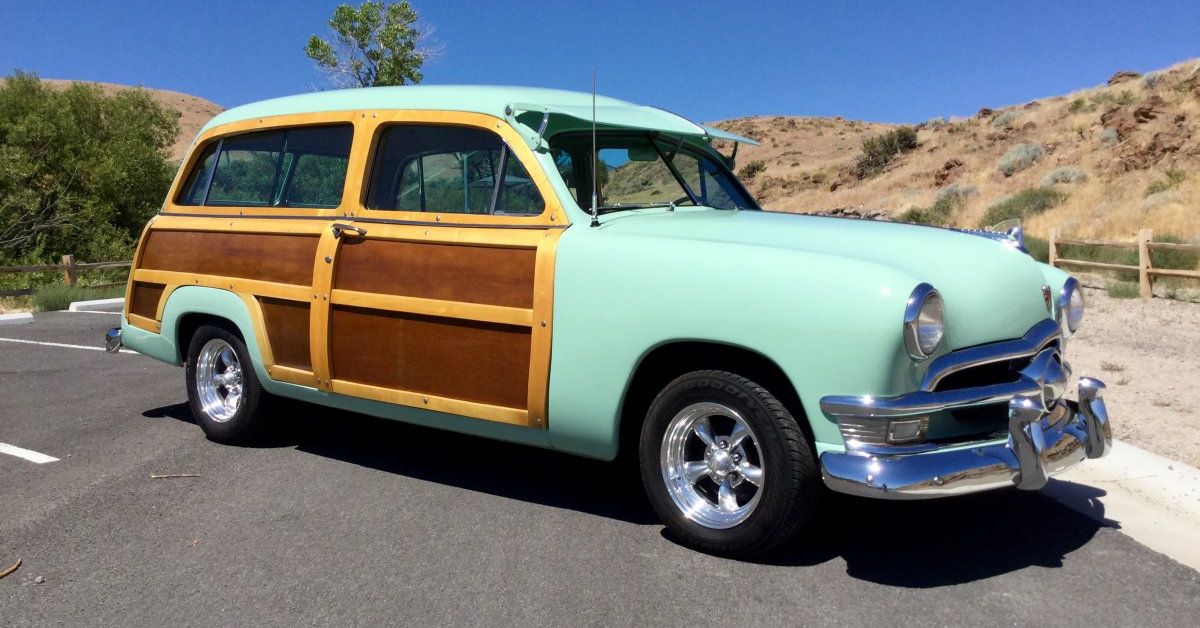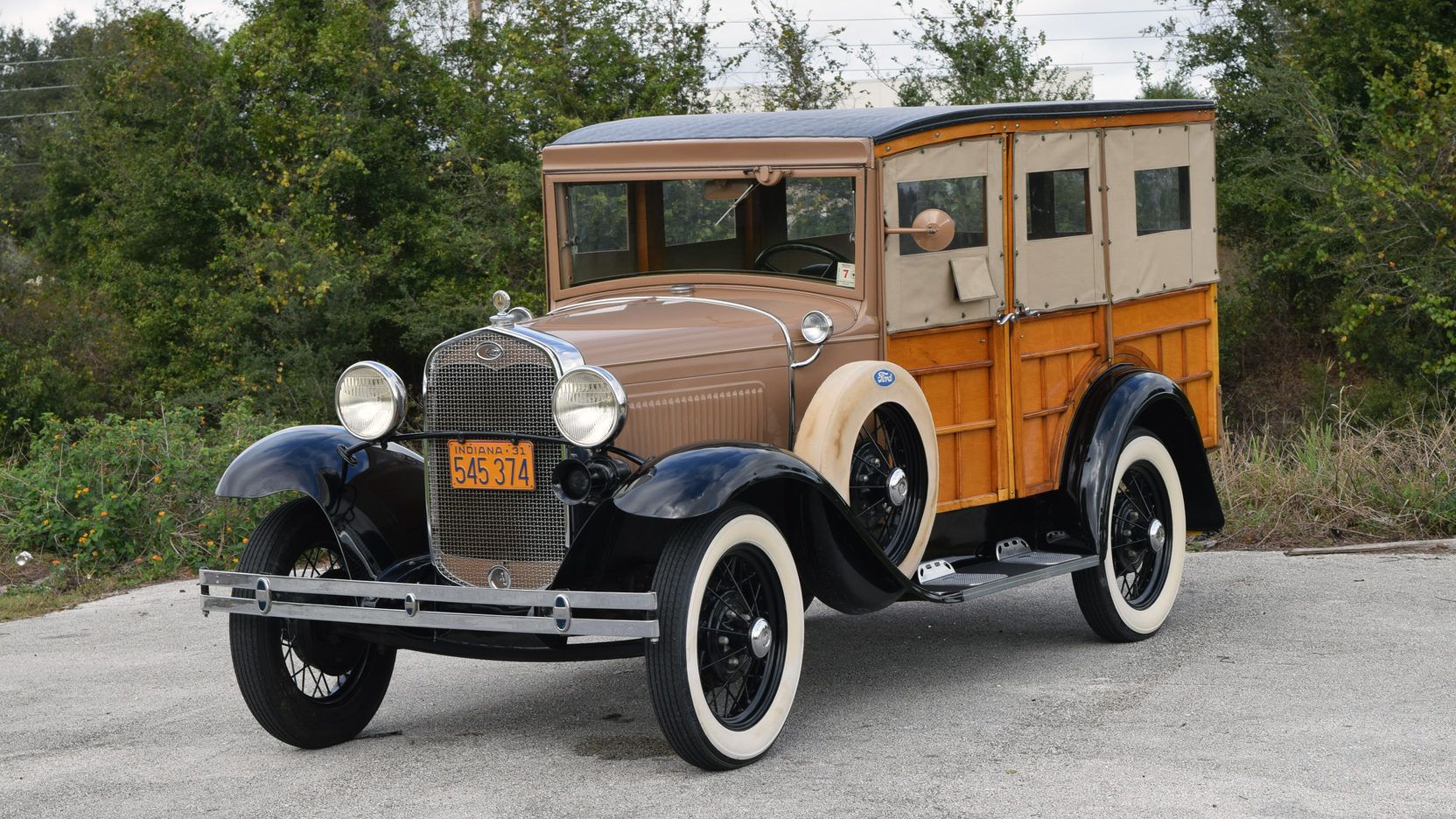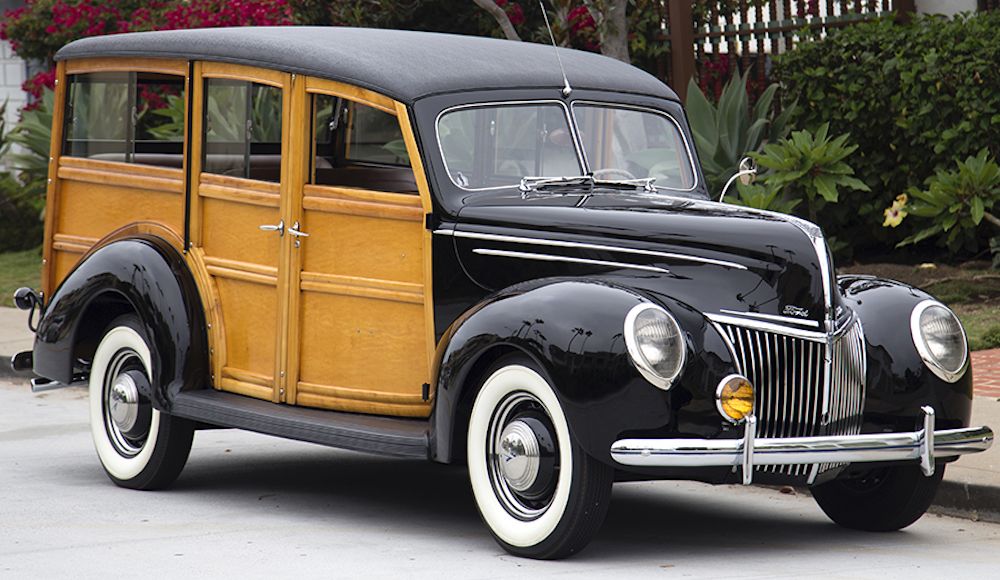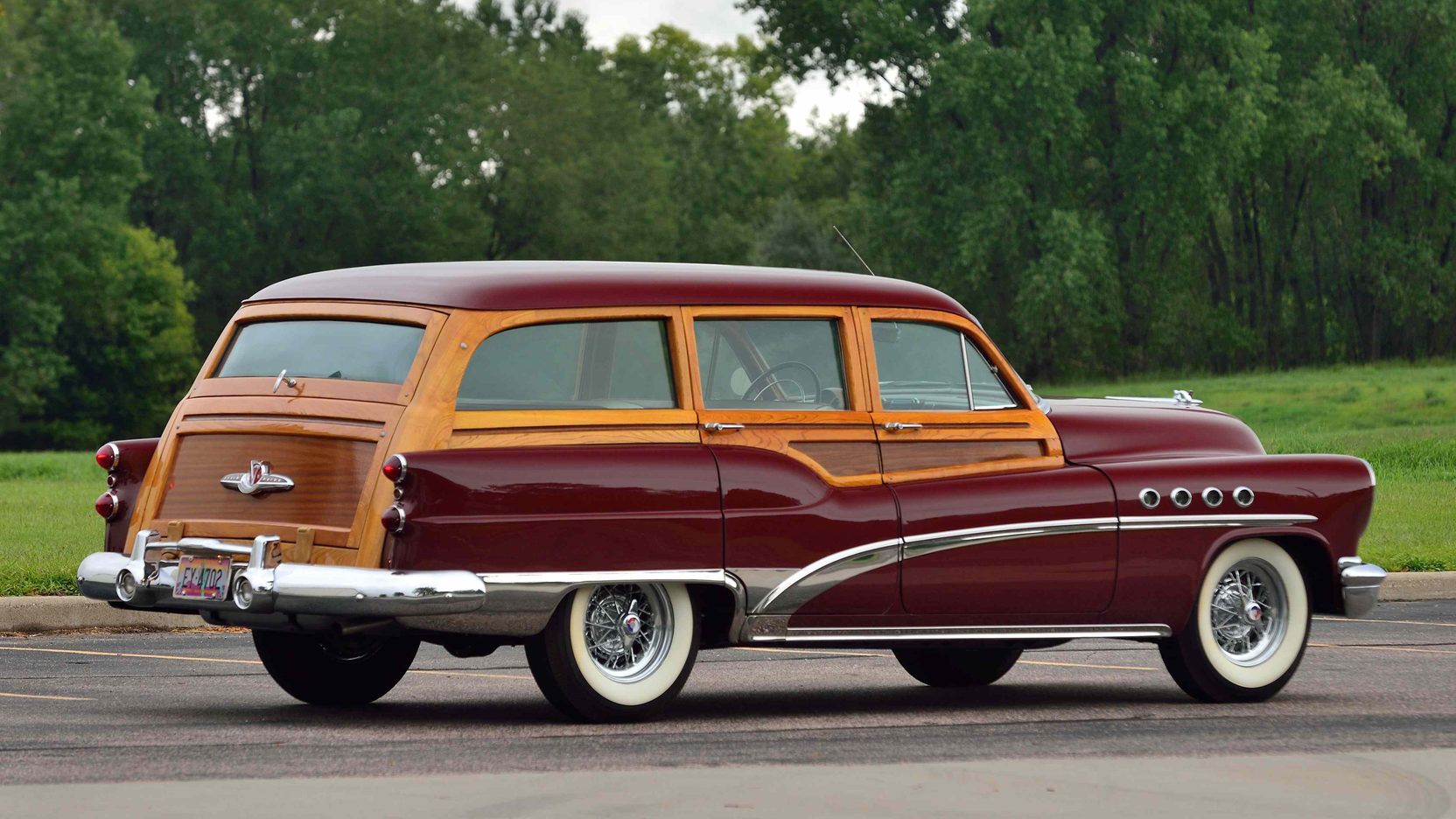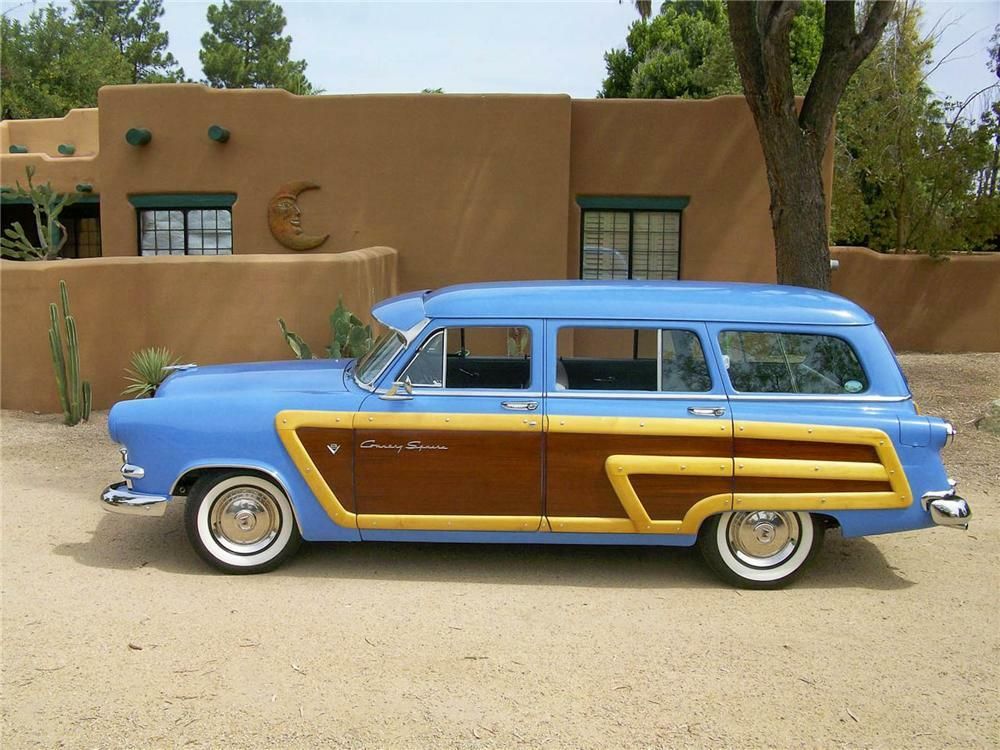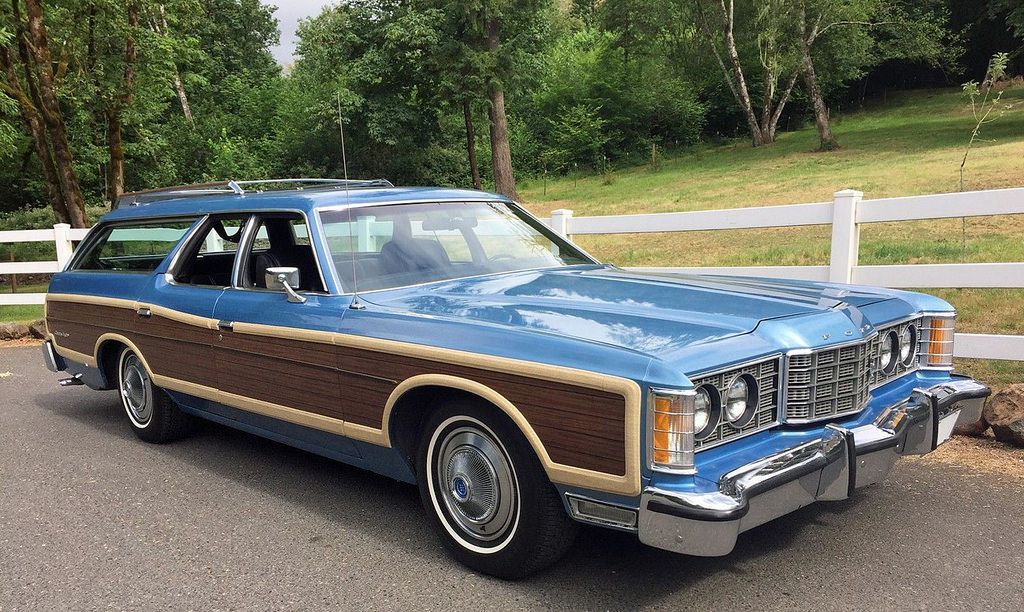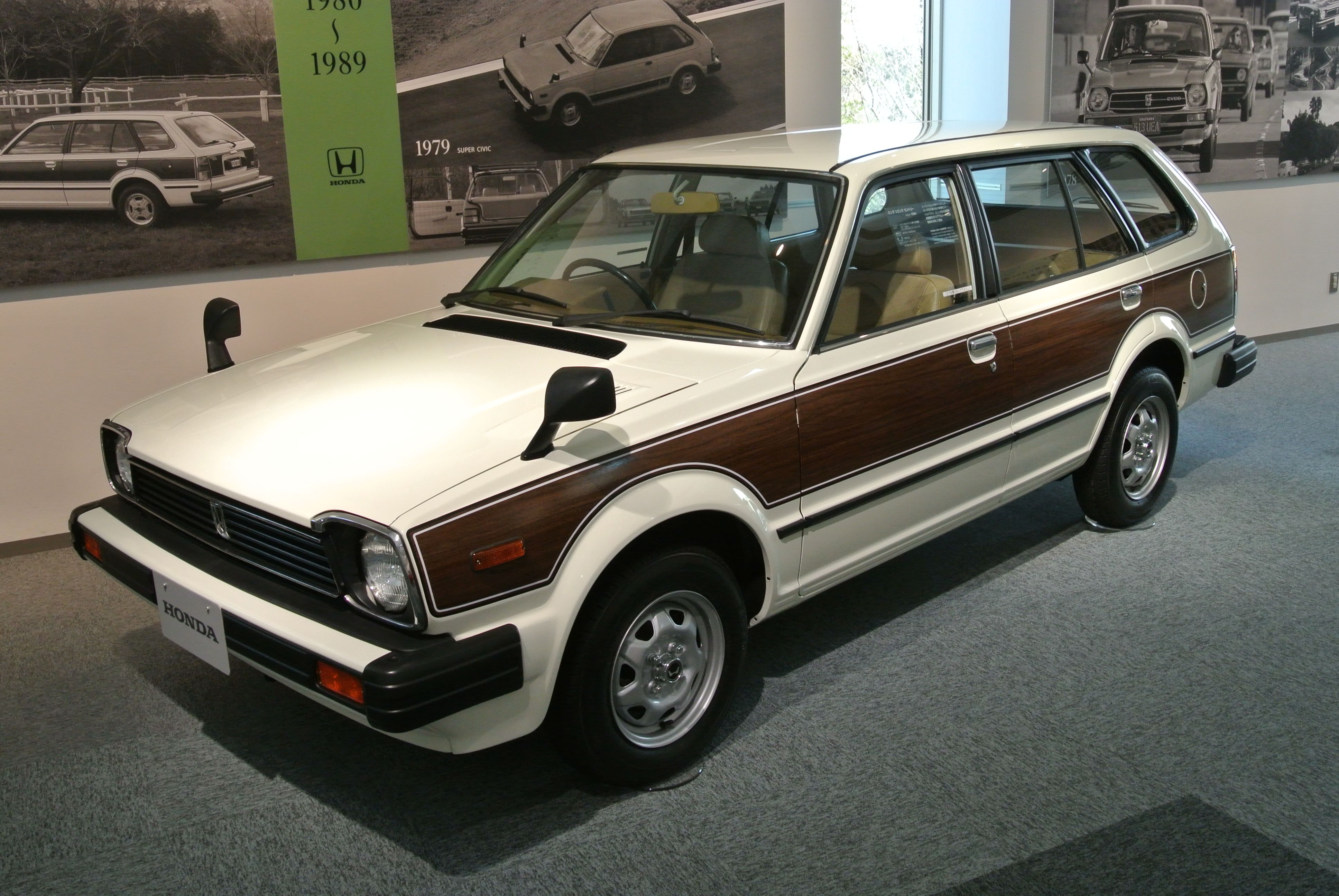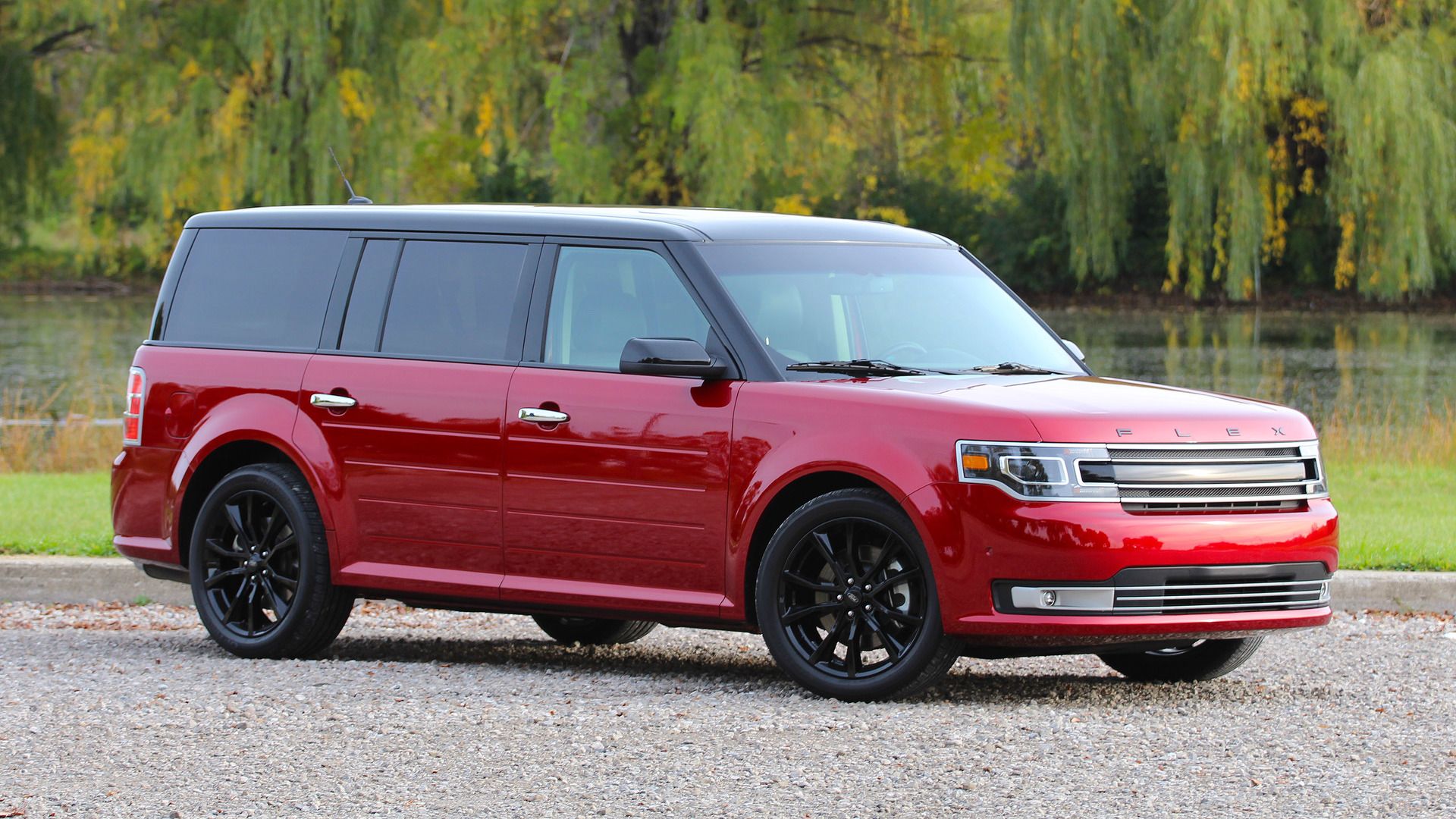A true staple of the 40s, 50s, and 60s era automobiles were the bold, unique designs that paid no mind to pedestrian safety or safety in general. Tail fins, pointed front bumpers, all features that, if slapped on a modern automobile, would likely have it banned from the market. That's part of what makes classic cars so... classic.
But none of these held a candle up to the absurdity and uniqueness of Woodie Wagons. If someone were to ask you "what would you make a car out of," your answer probably wouldn't be wood. Steel? Aluminum? Carbon Fiber even but not wood. However, from the early '30s to the late '50s, Woodie Wagons were a novel, stylish idea. Only issue: the market wouldn't bite.
So let's dig into the history of the Woodie Wagon, and find out why it never caught on in the American Market.
A Brief History
In the early days of the automobile, or vehicles in general, many prototypes were constructed out of wood. That was the material for the first automobile because cars were a step up from the horse-drawn carriage, which was already wooden. There was little knowledge on how to work with steel, whereas wood was abundant, and it was usable.
However, once steel and metalworking techniques had gone mainstream, designers saw it fit to keep wood accents on their automobiles. Thus, the Woodie body style was born circa 1928. Sure, steel improved strength and durability, but the average car buyer of the 1920s enjoyed the look of wealth or prestige and the certain charm that came with a wooden car.
For about 30 years, American car manufacturers had some sort of Woodie Wagon variant in their lineup. Though as time went on, the wood panels became a high-end commodity. Woodie Wagons were originally geared towards the growing American family but ended up turning into America's first luxury SUV.
The Fall of the Woodie
As we all know, real wood body paneling didn't last. As more and more automakers boasted their all-steel car chassis, the American buyer steered away from the "charm" of a Woodie Wagon, and towards the reliability of a steel coach.
But the market shift may have had less to do with the all-steel marketing strategy and more to do with how costly it was to make a Woodie. For starters, each Woodie Wagon was hand-built, sometimes outsourced to other coachbuilders, and required extensive amounts of labor to produce. But even after they rolled off the line, the wood panels required an immense amount of care to maintain that glossy shine on a real wood finish.
With the price-tag skyrocketing, the American Market saw no need to invest in a car with real wood, even if the standard Woodie Wagon had a nostalgic style, extreme comfort, and up to 8 seats.
Buick was the last automaker to pull the plug in 1953, with the Roadmaster (which has earned itself quite a cult following in recent years) and Super Estate Wagons.
With that, Woodie Wagons officially went extinct, but they were never forgotten.
Faux Woodies
The appeal of having wood accents on a vehicle didn't die down as the Woodie Wagon market did. In fact, people still saw it as a luxury feature even into the 60s and 70s. To solve the problem, automakers found ways to fit their cars with faux wood, while upgrading the bodies to all steel.
Some automakers kept real wood trims, rather than full wooden panels and doors. Though this was typically used as a transition phase from real wood to faux wood. The term "simulated wood" came around and replaced real wood with a vinyl sheet made to look like wood, sometimes with some 3D paneling, sometimes not. Now, as cheap as this option was, it was also very popular.
The longest-running example of this was the Ford Country Squire. From 1953 to 1991, the Country Squire stayed true to the idea of wood styling, while other companies were on and off. This time, there were no full-sized panels or doors made of wood. Instead, the faux wood was stretched along the side, which drastically decreased maintenance costs while also keeping the same prestige as a Woodie.
Every American automaker, from Ford to AMC, hopped on the bandwagon at some point, as well as some international automakers. Honda, Nissan, and Mazda all dipped their toes into simulated wood accents, though none of their "Woodies" lasted longer than 5 years.
Though the Woodie Wagon may be dead, and even the American station wagon as we know it, but the design technique lives on in a lot of cars. The Chrysler PT Cruiser, for instance, is one of the most modern cases of faux wood styling. Granted, they could've picked any other car to throw some faux wood on and it would've been more stylish, not even wood trims could save the PT Cruiser, but oh well. While there hasn't been a faux wood production car since, there was a nod to Woodies that came in the form of the Ford Flex, with its very subtle body molding.
Will we ever see a wood, or even faux wood production car again? Chances are, no. But that doesn't mean people will stop buying or making "Woodies" of their own. Woodies may have been put to rest, but are still paid tribute for the charm they gave the American car market.

